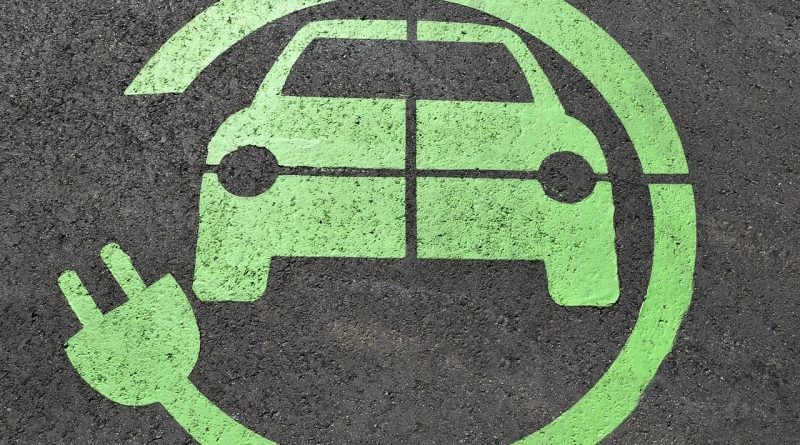Electric car showdown: the Joule vs. Peugeot’s iOn
Electric cars have not taken off in the way that environmentalists would have hoped. The excuse is that they are incredibly expensive to make and would, therefore, be incredibly expensive to buy. Car manufacturers have instead chosen to focus on hybrid cars, which are at least more environmentally-friendly the conventional gas guzzlers but are nowhere near as ‘green’ as electric varieties. Fortunately, not all manufacturers are of the same mind, as evidenced by Optimal Energy, a Cape Town-based company, which is producing South Africa’s first all electric car: the Joule.
The Joule is not only South Africa’s first electric car, it’s also the first electric car in the world that has successfully thrown off its hippie image and won over a picky audience with its good looks and performance.
Electric cars have a reputation for being slow and as uncool as a library in a rugby club. The Joule changes all that. At first glance you can’t tell that it is five times more energy efficient than all fossil fuel reliant cars. It’s sleek, it’s sexy, it’s stylish and it’s a passenger car to boot.
The Joule was designed by Keith Helfet, a South African-born designer responsible for a number of Jaguar’s most iconic models, including the XJ-220 supercar (once the world’s fastest car), XK-180 and F-Type concept cars.
The car can comfortably hold five passengers and has an expected price range of R235 000 – R285 000. As it’s reputed to have zero-emissions, at least consumers will be spared the new vehicle carbon tax which came into effect in September 2010. Unlike conventional car purchases, the price does not include the (lithium ion) battery; instead it will be leased to Joule owners for R1 500 a month. Apparently, many other vehicle manufacturers are looking at similar ways in which to secure the successful role out of electric cars.
It can be argued that the R1500 per month is easily made back in significant savings on fuel, 50 per cent savings in maintenance costs and extended service intervals of around 40 000km or every two years. As an added bonus the batteries are completely recyclable.
Joule’s range is estimated at between 230 and 300km and can be recharged using a normal 220 Volt home outlet. Batteries take approximately seven hours to charge.
Mass production will start in 2012 and you should be able to drive your very own Joule come 2013.
In direct competition with the Joule is Peugeot’s new electric car, the iOn. The iOn has a slight jump on the Joule because it will be available this year, but even though Peugeot has 15 years experience in producing electric cars, the Joule appears to have a slight performance edge.
Peugeot has been manufacturing electric vehicles since 1995 and has sold over 100 of its electric models. It was the first manufacturer to sell electric cars worldwide. But, iOn’s range is only 130km and Joule is capable of twice that. UK reviewers have said it’s a barely disguised version of Mitsubishi’s i-MiEV, which is perhaps understandable when you consider that it was developed in cooperation with Mitsubishi Motor Corporation (MMC). However, the iOn is also a zero-emissions car and has a recharge time of six hours; furthermore, it can be charged to 80 per cent capacity within just half an hour.
In the UK, Peugeot opted not to sell iOn directly to consumers but offered an “all-inclusive” mobility package (£415 ex VAT per month) that allowed consumers to benefit from a special government subsidy. As there is no such subsidy in place in South Africa, pricing has yet to be determined.
The only obvious advantage that the iOn has over SA’s Joule is its soon-to-be availability. The fact that this is the only obvious advantage is testament to Optimal Energy’s dedication to creating a top-notch product. From a purely South African perspective, another two years is a relatively short time to wait for what is surely going to be the biggest new vehicle launch the country has ever seen. Your “green” conscious, on the other hand, may think differently.


